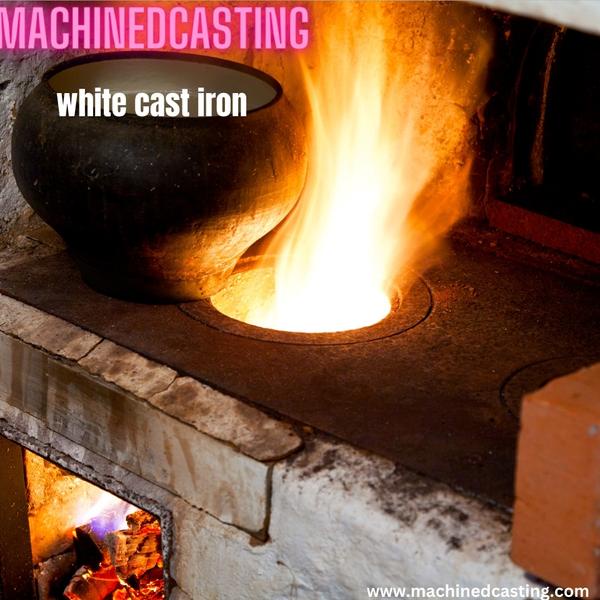White cast iron is a remarkable material that boasts exceptional strength, durability, and versatility. Its unique properties make it a preferred choice in various industrial applications where toughness and resistance to wear are paramount. In this guide, we'll delve into the characteristics, production process, applications, and benefits of white cast iron.
Characteristics: White cast iron derives its name from its bright white fractured surface when it fails under stress. This distinct appearance is due to its high carbon content, typically ranging from 2% to 3.5%. Unlike other cast irons, white cast iron contains little to no graphite, resulting in its hardness and brittleness.
Production Process: White cast iron is produced by casting molten iron into molds. The high carbon content promotes the formation of cementite, a hard and brittle phase within the iron matrix. Rapid cooling during solidification prevents the formation of graphite, resulting in the characteristic white fracture surface.
Applications:
- Wear-resistant Components: White cast iron is widely used in the manufacturing of wear-resistant components such as grinding balls, liners for grinding mills, and crusher parts due to its excellent abrasion resistance.
- Machinery Components: Its high hardness makes it suitable for machinery components subjected to high stress and abrasion, including gears, cams, and bearings.
- Mining and Construction: White cast iron finds applications in the mining and construction industries for tools, drilling equipment, and parts for earthmoving machinery.
- Shot Blasting: It is utilized in shot blasting applications where high-velocity abrasive particles are propelled against a surface to clean or strengthen it.
Benefits:
- Exceptional Hardness: White cast iron exhibits exceptional hardness, making it ideal for applications requiring resistance to wear and abrasion.
- High Wear Resistance: Its microstructure provides excellent wear resistance, prolonging the lifespan of components in harsh operating conditions.
- Cost-effective: Despite its brittleness, white cast iron offers a cost-effective solution for applications where wear resistance is crucial, reducing the need for frequent replacements.
- Versatility: Its versatility allows for customization to meet specific application requirements, offering flexibility in design and manufacturing processes.
In conclusion, white cast iron stands out as a formidable material renowned for its strength, durability, and wear resistance. From industrial machinery to mining equipment, its wide-ranging applications underscore its importance in various sectors. Understanding its characteristics, production process, applications, and benefits can help industries harness its full potential in engineering robust and long-lasting components.


No comments yet